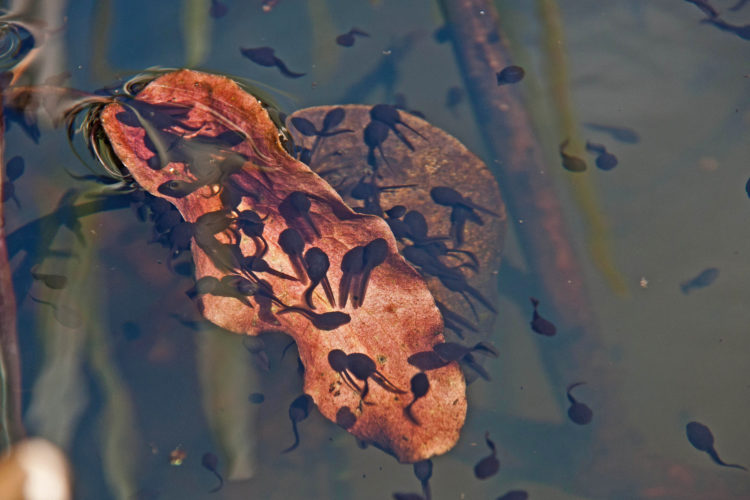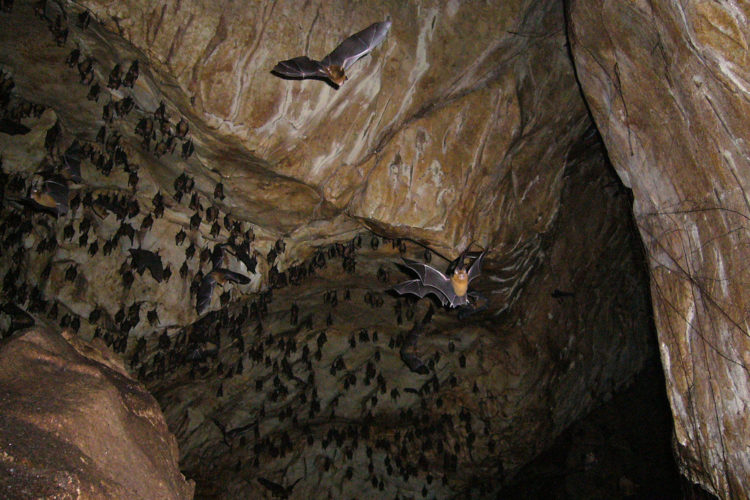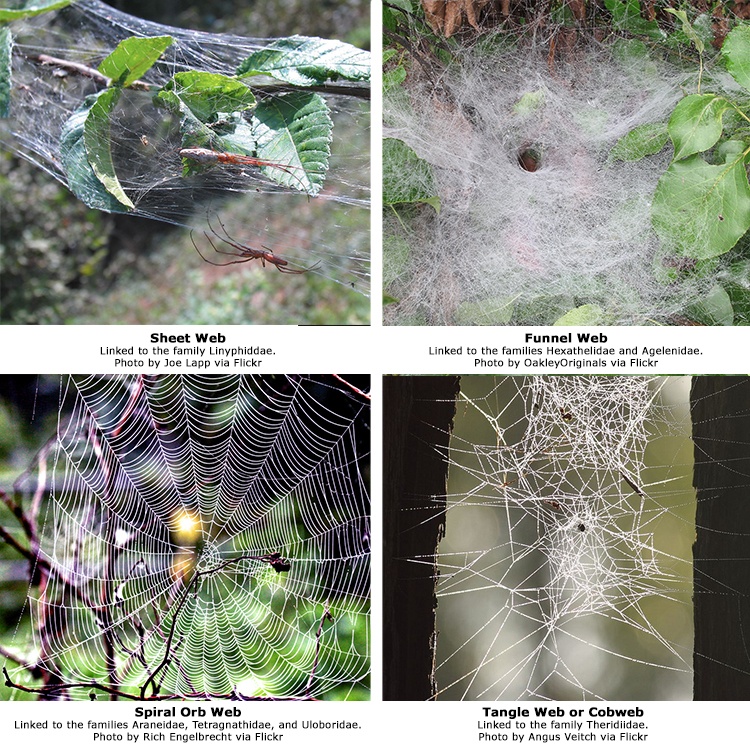We have much more to do and your continued support is needed now more than ever.
Tricks of Symbolic Halloween Critters
Meet some of these tricky Halloween-themed critters who have a few natural ruses of their own:
Frogs

For thousands of years frogs have been associated with folklore, sorcery, and wizardry. Most commonly associated with witches for potions of poison and aphrodisiacs, these tricksters of the wild have the unique ability to transform their entire bodies from a water dwelling species into an air breathing amphibian. This metamorphosis from tadpole to frog symbolizes revolution and the recreation of life. But how do gills evolve into air breathing lungs?
Tadpoles transform in a matter of months; growing beyond their gelatinous eggs and entering into the muddy waters of the predatorial abyss. Propelled by their tails, they begin their life by breathing through their gills. After 10 weeks, they develop legs, distinctive tongues, and their tails begin to recede. The whole process takes 3 months before they are prepared for their next journey onto land.
BATS

No Halloween is complete without creatures of the night, and Mother Nature doesn’t disappoint. The epitome of wildlife symbolism in Halloween is the bat. But life in the shadows is not the only trick this mammal has up its sleeve. They can pinpoint objects as thin as human hair in complete darkness via echolocation.
Echolocation, a language of sound and refraction, is the use of sound waves and echoes to determine where objects are in space. Bats produce a sound that echoes and bounces off objects, transferring the sound back into the bats ears. They use this revolutionary sound system to determine size, shape, and location of prey and other objects.
Science often takes tips from the animal kingdom. The development of sonar and radar navigation used by the military is based off of bat echolocation. The main difference is that sonar is used underwater, though the principals are the same.
Spiders
Spawning from the German word “spinne”, the name spider means “spinner”. These creatures are considered to be endowed with superstitious qualities, predominantly due to their ability to weave webs- a symbol of mystery, protection, fate, and death.
Spiders create silk for many purposes: to capture their prey, protect their offspring, and provide shelter. Also, not all spiders use silk the same way. Did you know spiders can weave different kinds of webs? Different webs include spiral orb, tangle or cobwebs, funnel webs, and sheet webs.
According to The book of Animal Ignorance: Everything you Know is Wrong, spider silk is oddly lightweight. A strand long enough to circle the world would weigh the same as a bar of soap. Here are a few examples of different webs:

OWLS
Another commonly nocturnal species associated with Halloween are owls. Though it’s s a myth that they can rotate their necks 365 degrees, they can in fact rotate their necks 270 degrees. This goes to show what a hoot owls really are.

Because their eyes are tubular, giving them telescope vision, they cannot easily move their eyes. Thus, sparking the evolutionary characteristic of extreme dexterity. But, how do they spin their heads without snapping their necks, tearing their arteries, or forming blood clots? Unlike the human anatomy, owl’s vertebrae contain air sacs that cushion the twisting head. Where blood vessels in humans get smaller as they become branched, owls get larger.
Get A CritterAdd to your Halloween costume this year and symbolically adopt a creepy critter!





















